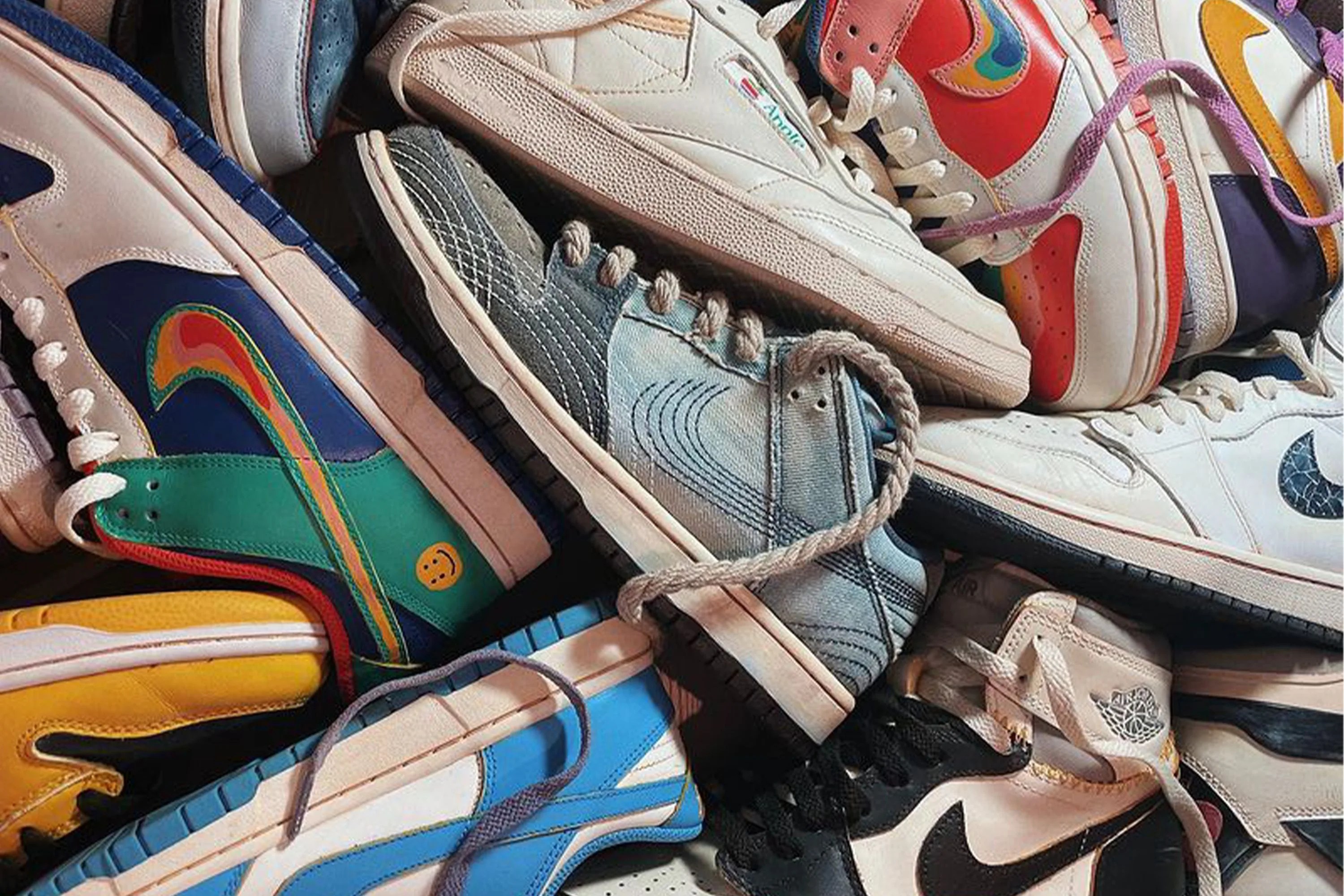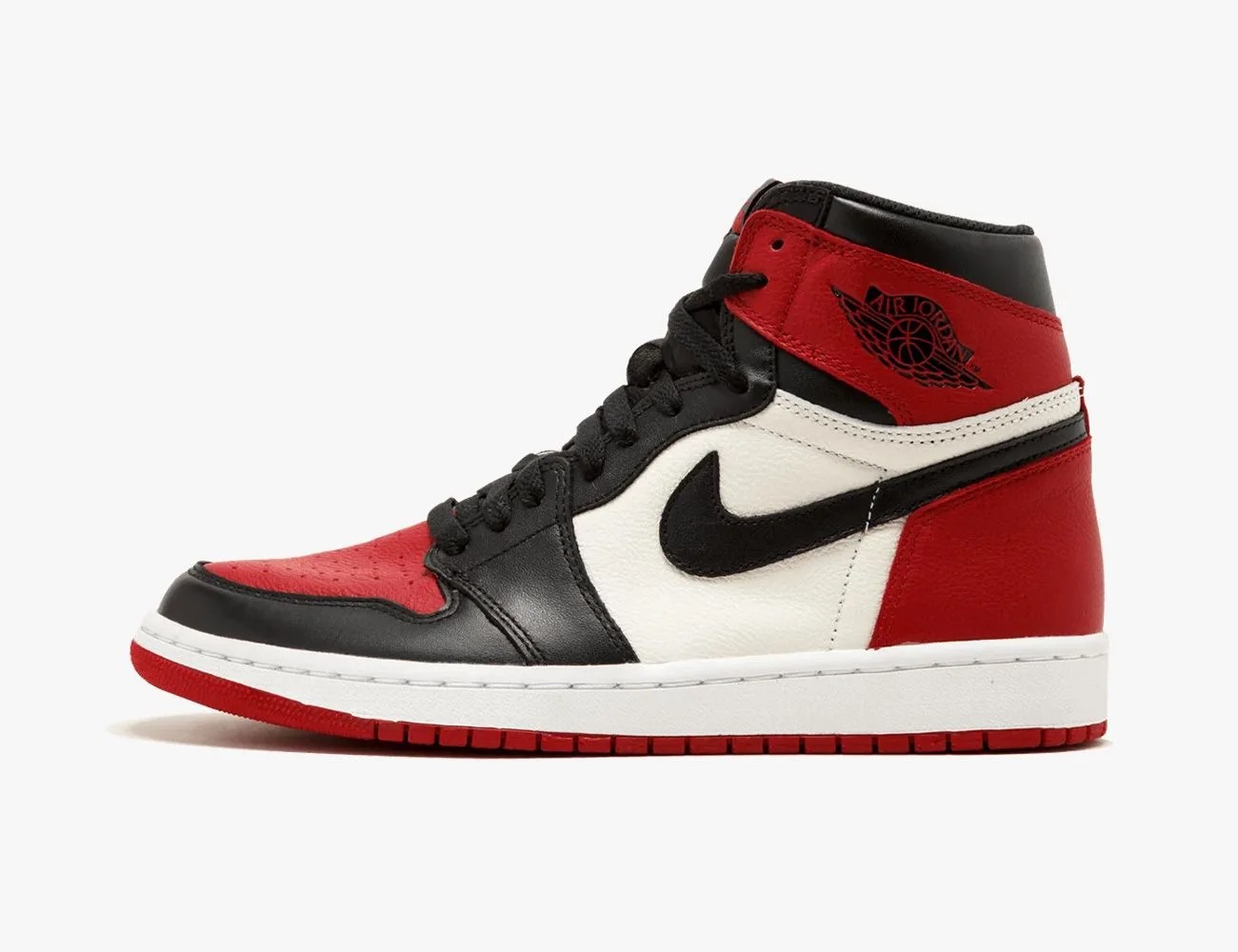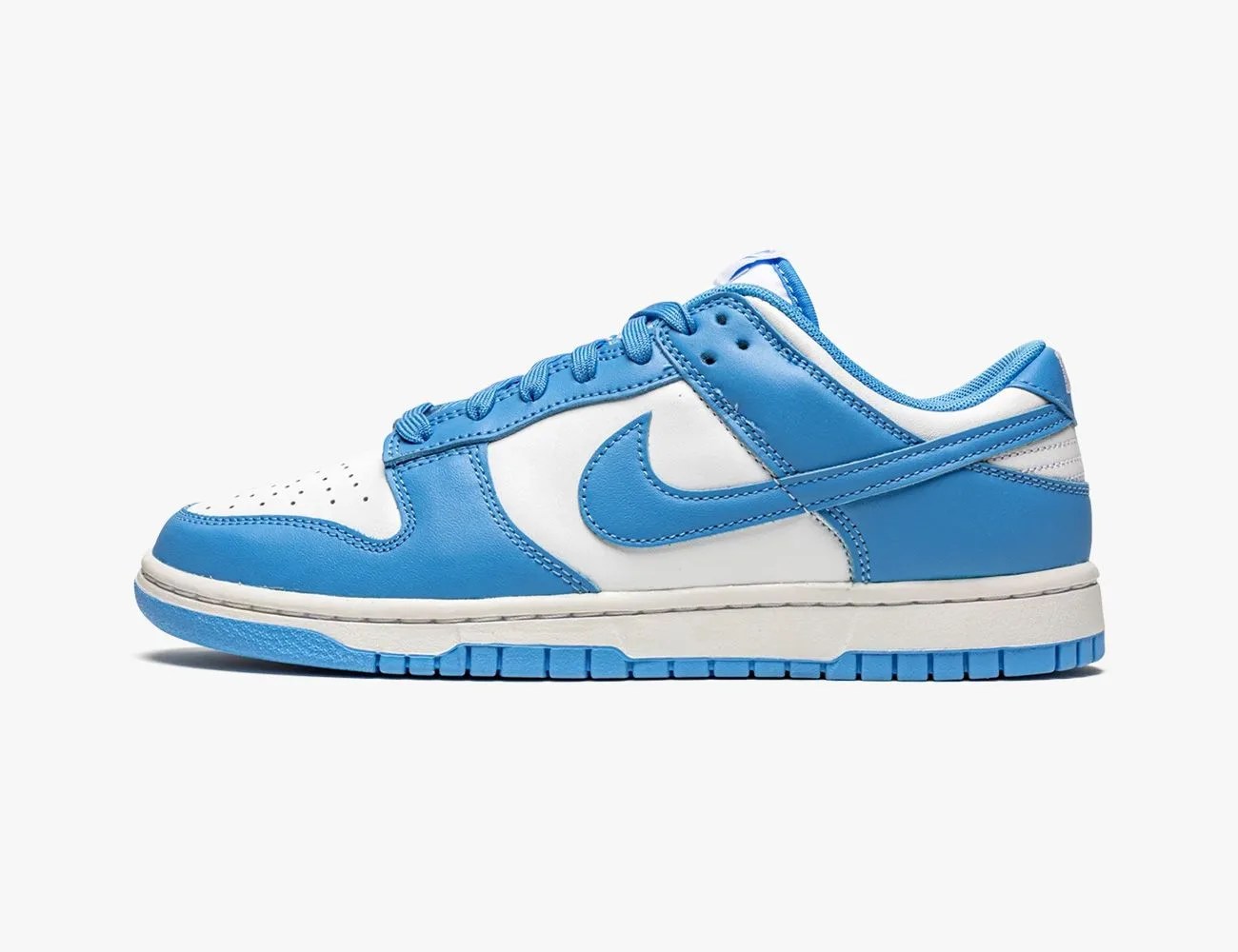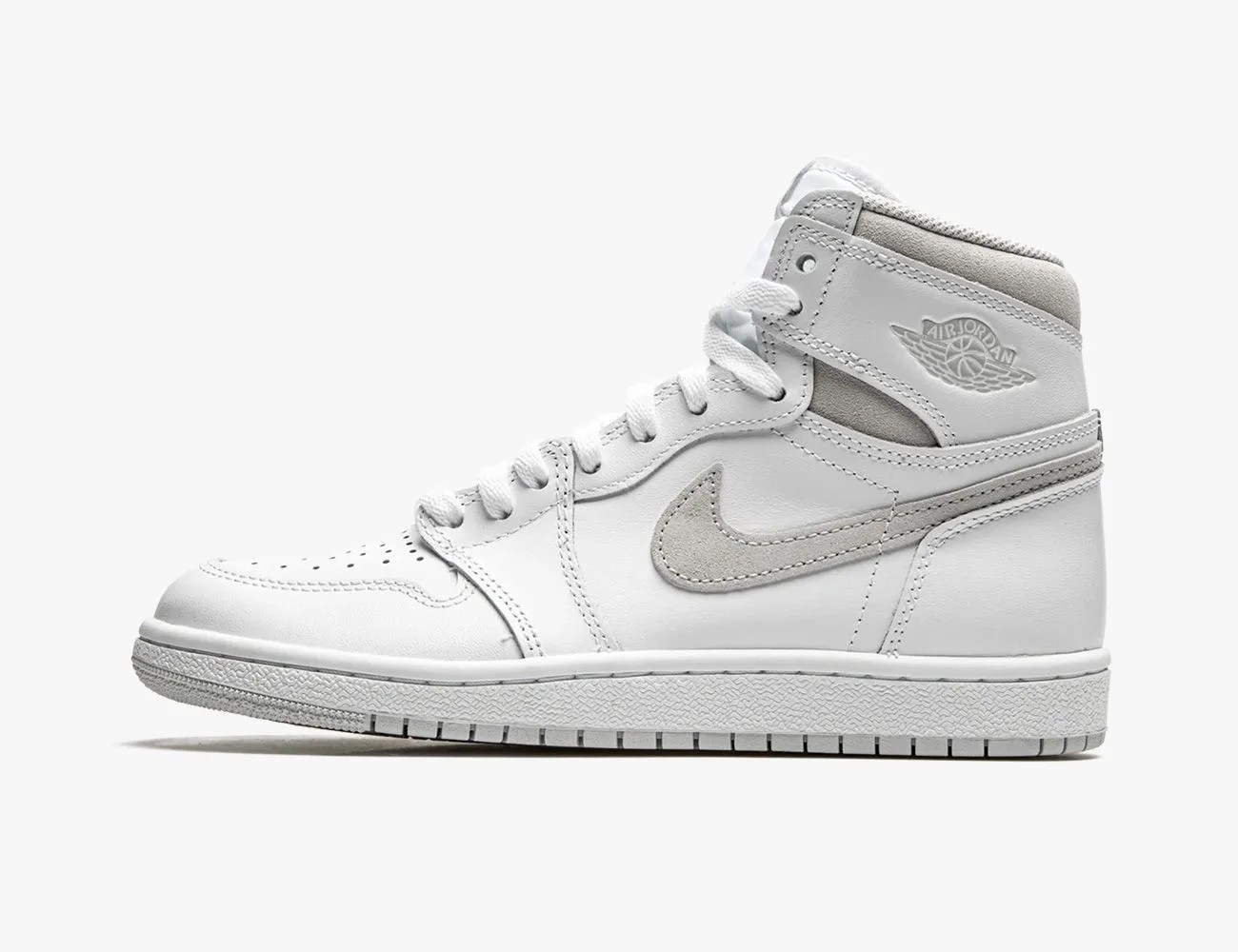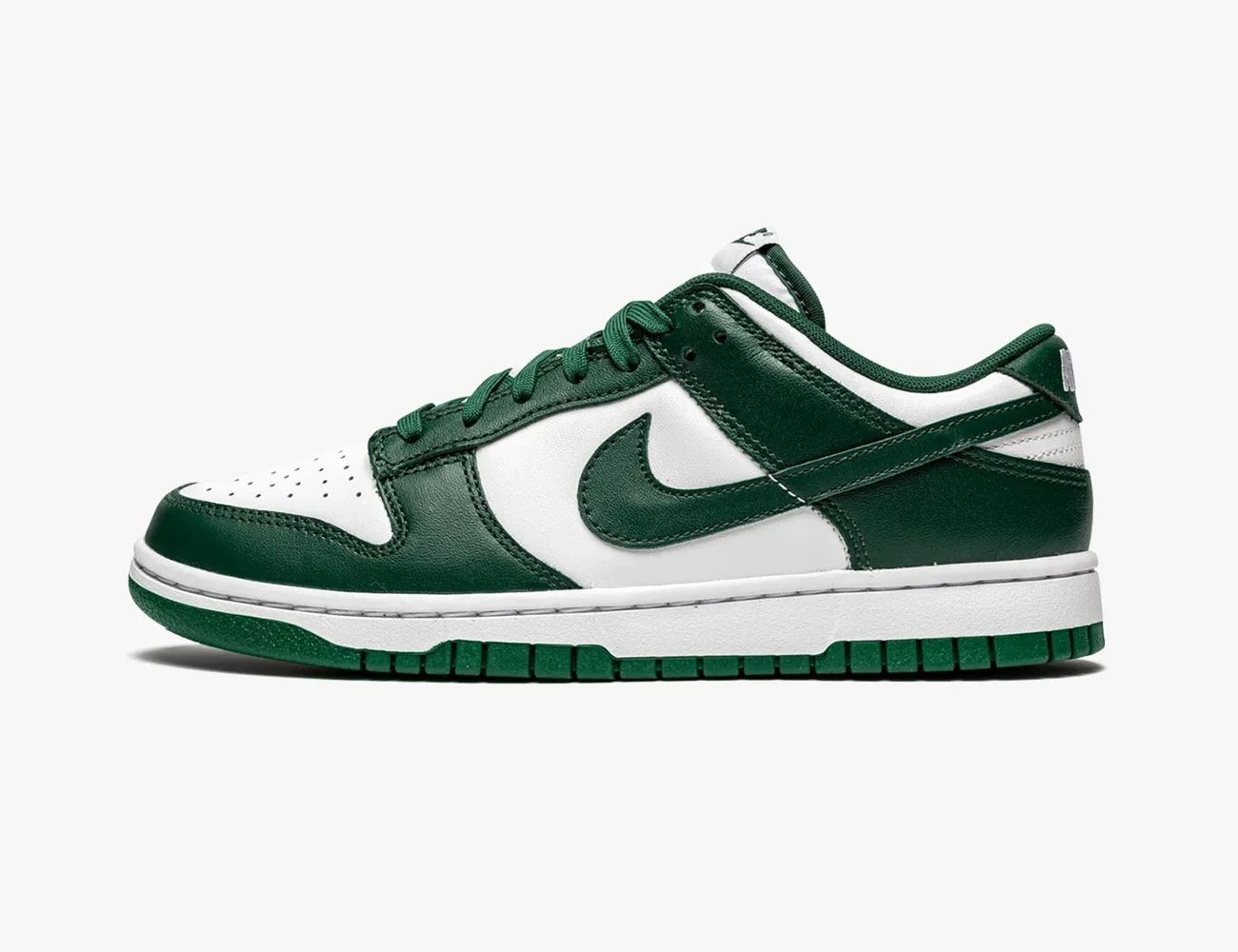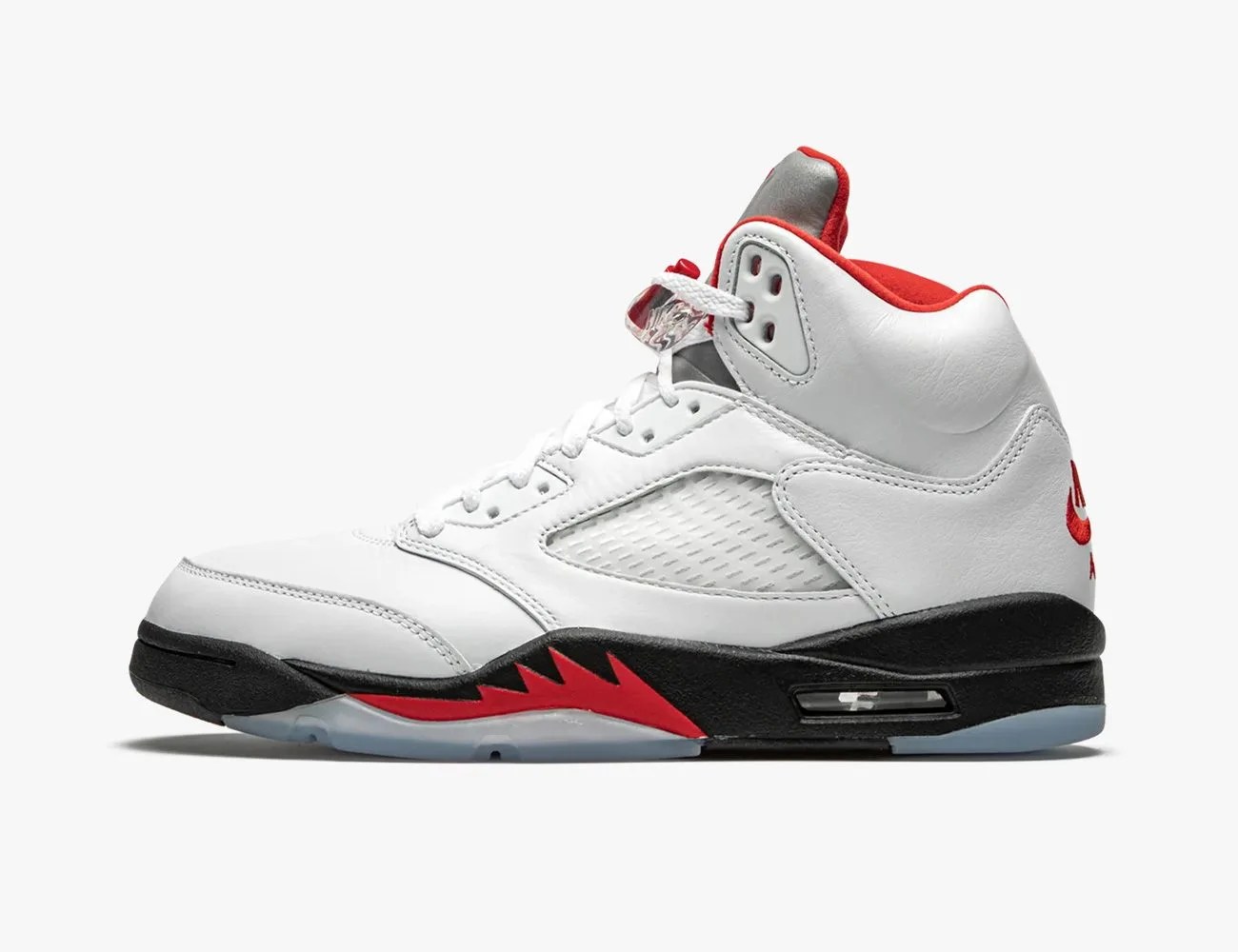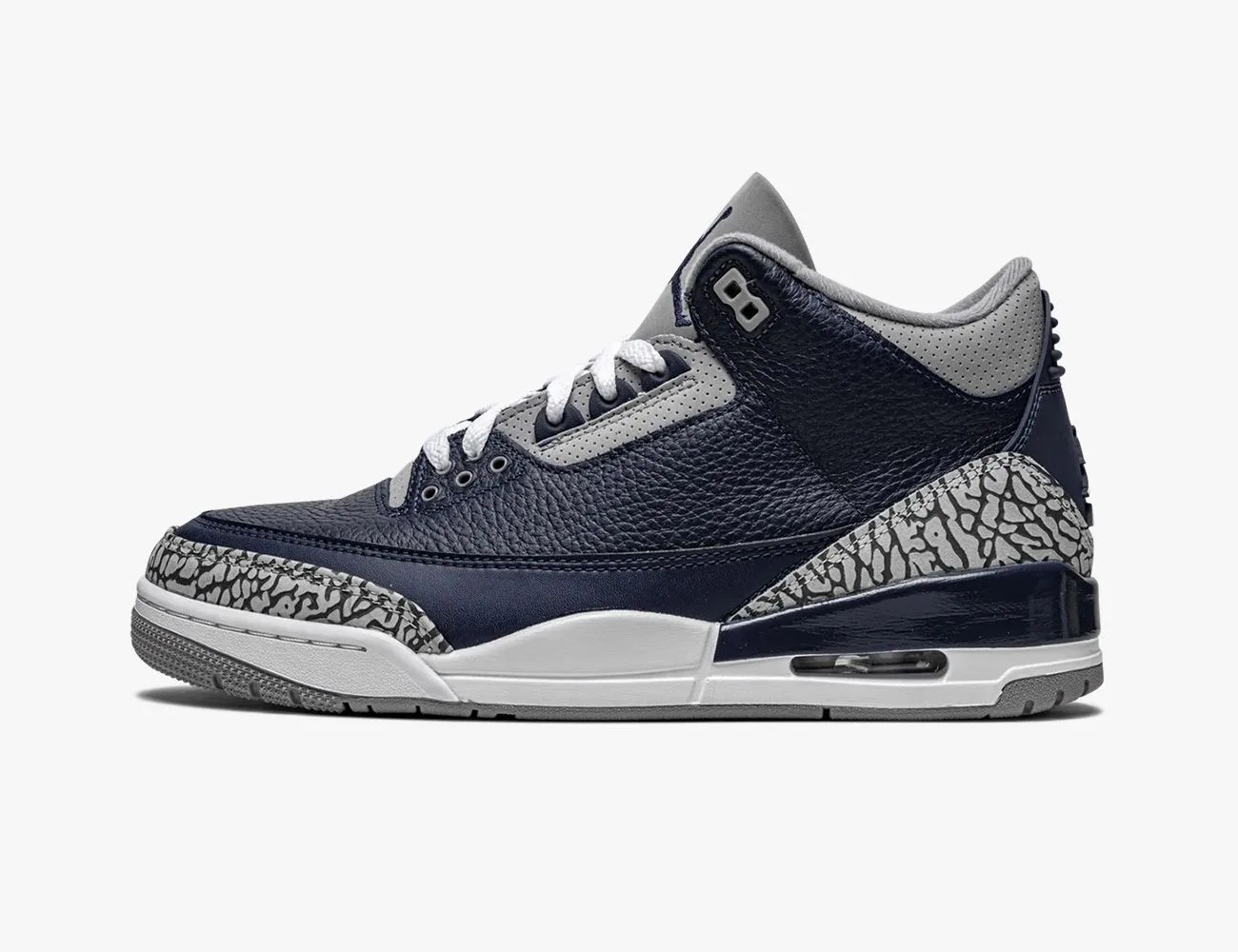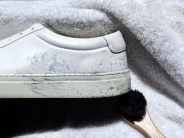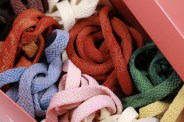The sneaker industry is in a state of disarray right now. We’ve talked about it before. Resellers upended how companies produce, stock and sell their sneakers; how consumers perceive a new product; and how shoes are covered (by pubs like us) and coveted (by readers like you). I understand that a cast of collectors, designers and devotees, albeit now tech companies, transformed early-2000s chat forums and IRL meetups (Sneaker Con and the sort) into a resale market set to be worth $30 billion dollars by 2030. Good for them! But this astronomical valuation begs the question: are people out of their minds? They’re shoes!
There’s a whole psychological rabbit hole I’m consciously avoiding heading down: the link between parts of our brains’ and collecting; the way social media’s made us spend money on things simply to impress others; and the connection between social anxiety and the clothes we wear. Sneakers are not only an easy thing to be convinced you need but something you’re urged to upkeep — to clean and never crease. But what if I told you there’s a subset of sneaker collectors spending their hard-earned cash on making their kicks look vintage?
It’s no secret that just as new sneakers fetch considerable cash, used ones do, too. Nike Jordan 1s from 1985 in varying states of decay go for five or six figures regularly. Sotheby’s has auctioned off tattered sneakers at astronomical prices. Balenciaga is selling two different tattered sneakers — including one with Adidas — at designer prices. Plus, there are brands like Golden Goose, P448 and Oliver Cabell that make a killing off pre-scuffed, -scratched and -stained sneakers. But footing the bill for cosmetic surgery for your sneakers, whether new or gently used, to make them look like those seems ludicrous, especially when we’ve been trained to nearly fetishize purchasing and unpacking a new pair and to treat a crease like a death sentence.
 andu.c
andu.cNonetheless, meet Phillip Leyesa, Andrew Chiou, Huy Le and Ant Kai, a few names off the growing list of independent designers offering custom sneaker aging services. Capitalizing, it seems, off Instagram-induced hype, each ideates one-offs for their own wear or fulfills orders for others with impressive consistency. In fact, they’re so busy that only one of the four listed are currently accepting inquiries. Leyesa locked down a collaboration with StockX for a line of customized kicks. Le’s bio simply reads “Kitchen closed🔒.” Chiou — whose jobs take anywhere from 2-12 weeks and cost $250-$800 — operates on waitlist basis, and requests for his signature Sashiko dunks reopened on July 10. Kai’s accepting bookings via email.
Their completed projects are all over Instagram. However, how exactly each one works remains largely under wraps. A few use laces and crepe stainers from Foxtrot Uniform while others hint at more tedious tasks: reshaping the shoe, flattening the heels or adding new elements (like stitching or tags). Some customers will order new shoes and have them delivered directly to their booked designers. Other times, the kicks clients send in are already used — something they’d bought online or been holding on to.
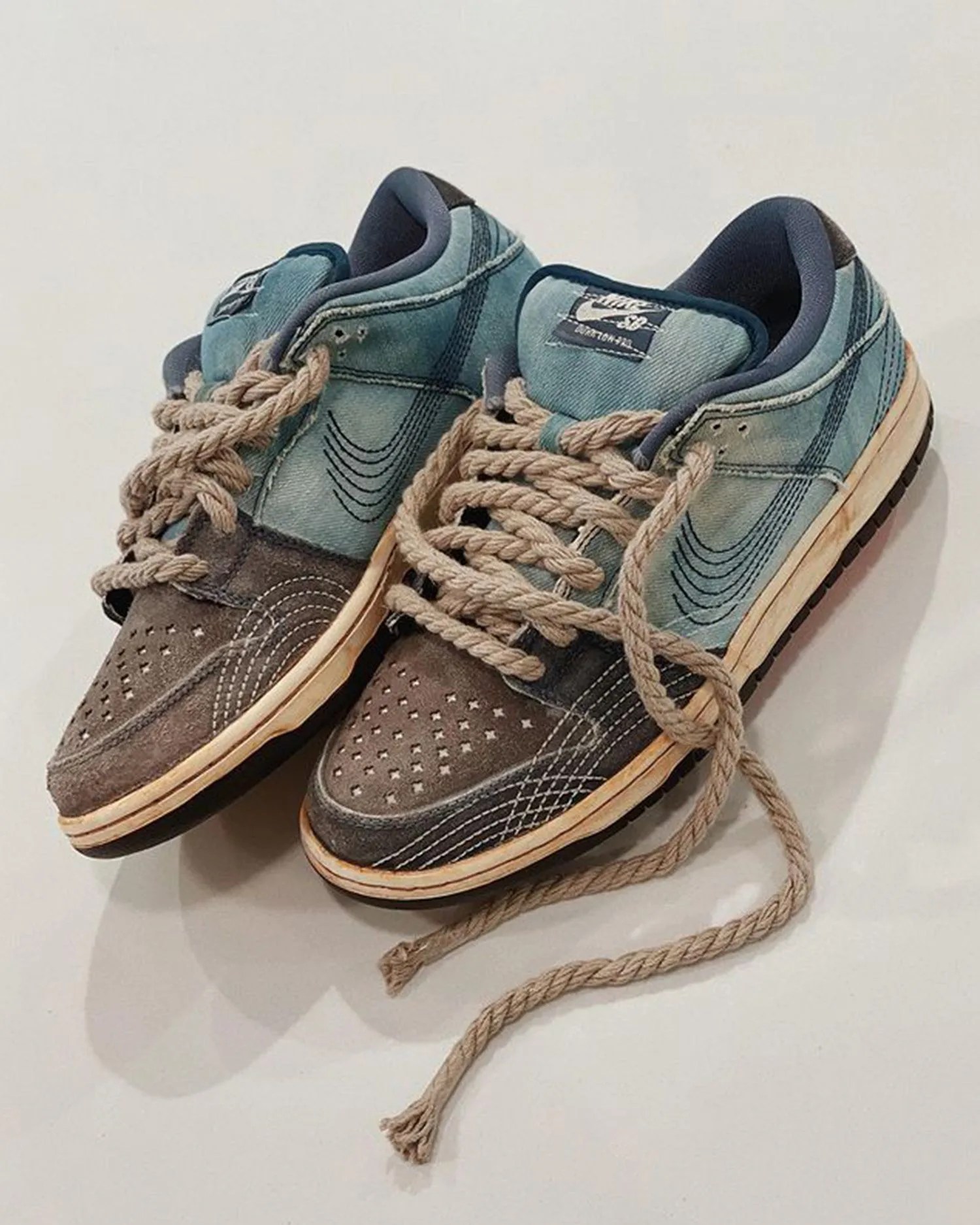 andu.c
andu.cThere is something undeniably cool, for lack of a better term, about all of their designs. They make an abstract thing — time — so evident. Cracked collars, discolored uppers, yellowed soles, and sun-faded laces; these features were once only achievable through actual use — countless hours on the court, in the front row at concerts, or being out late on the weekends. Evidence of age, albeit manufactured, tickles our soft spot for nostalgia. It’s no different than diners, old trucks or Daniel Arsham’s artwork. The good stuff endures and is made better by its bumps and bruises.
